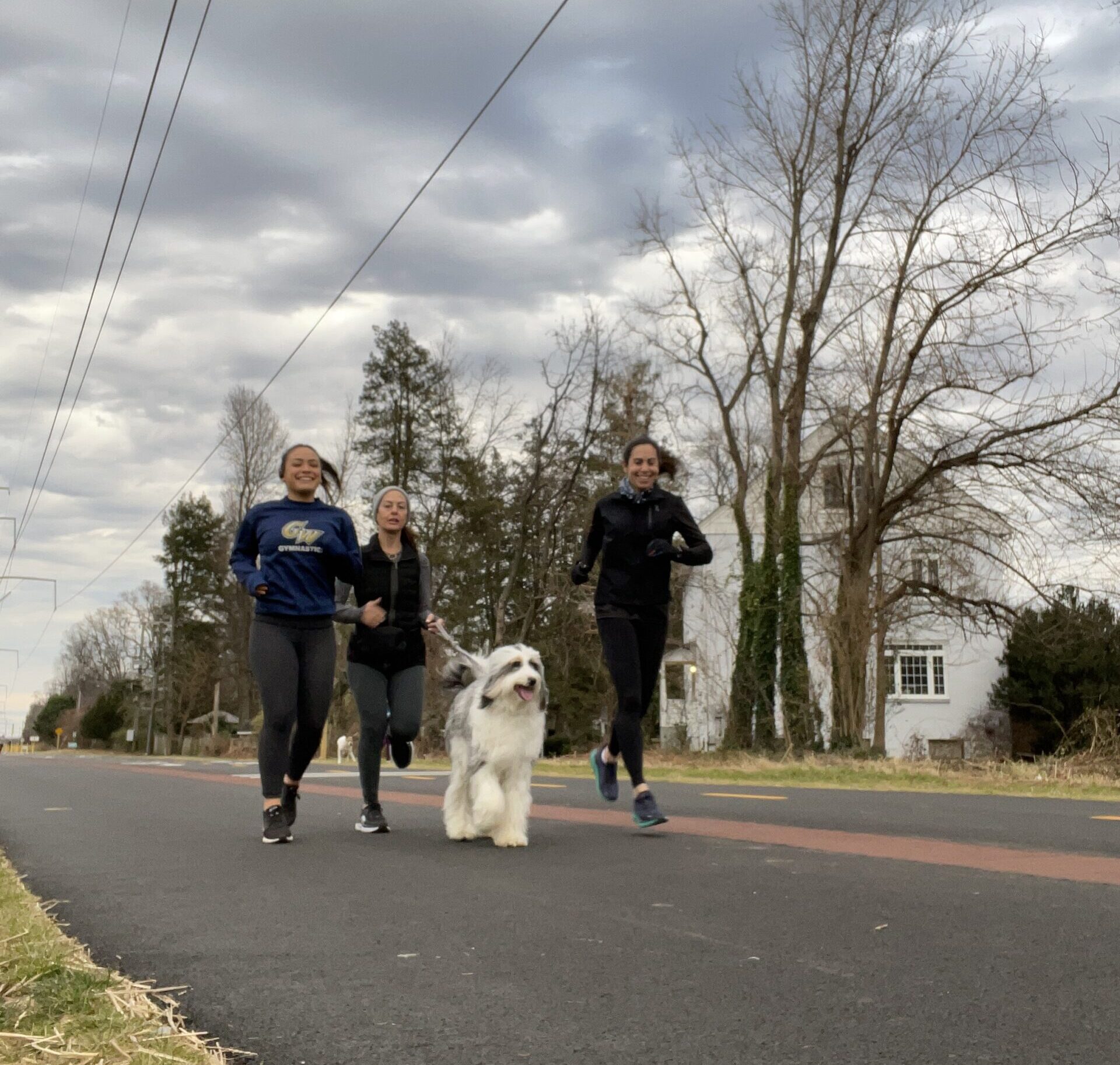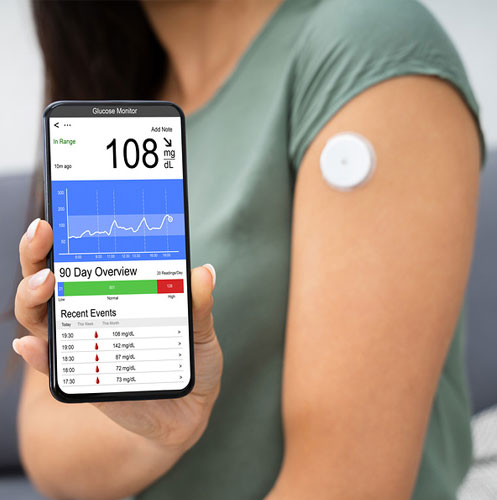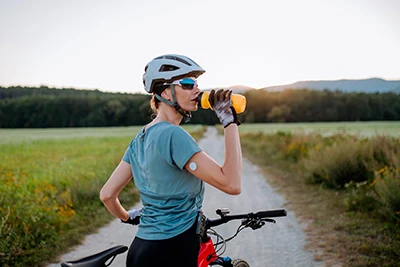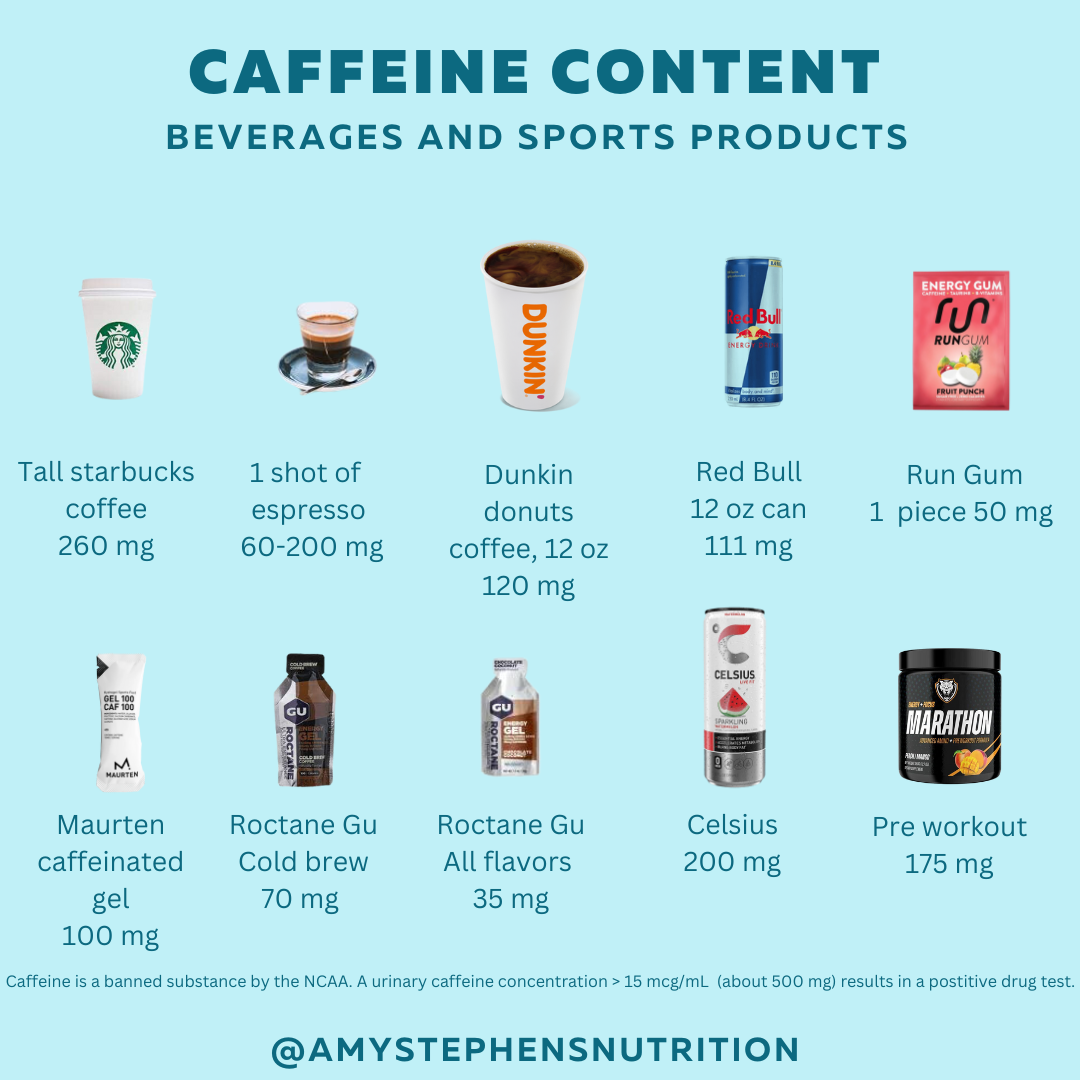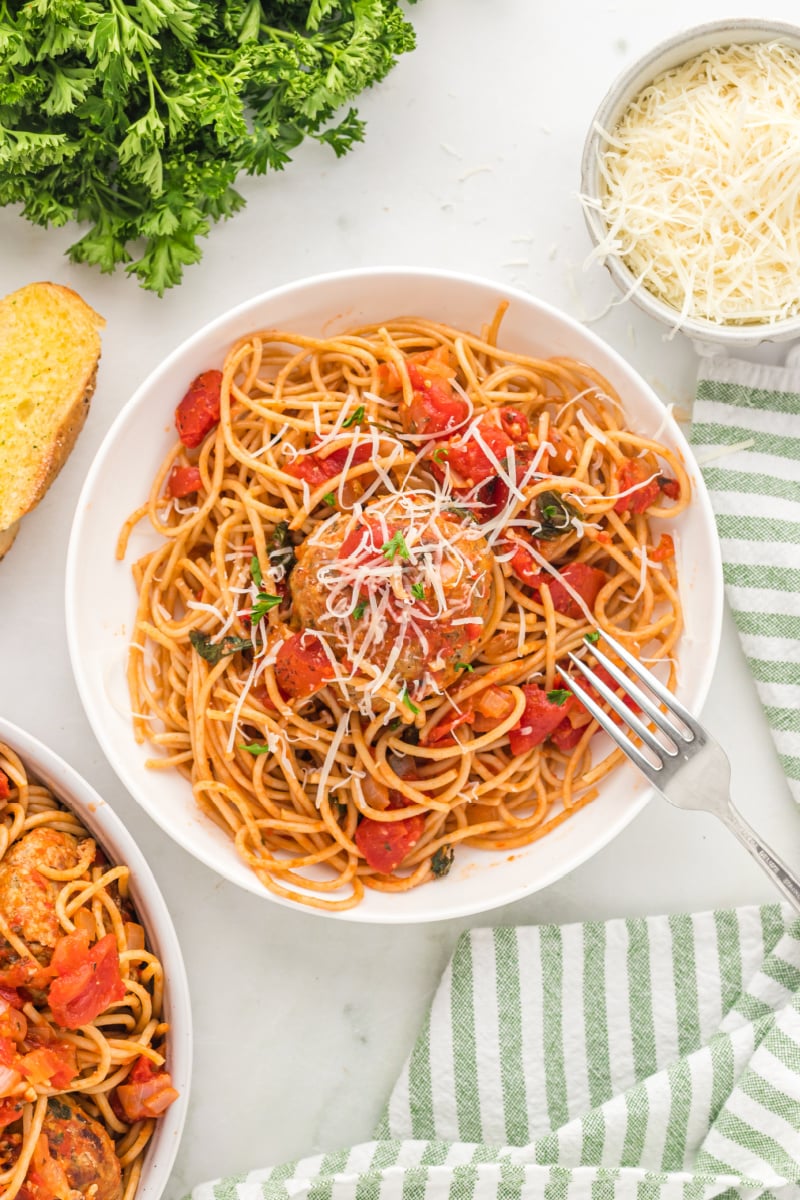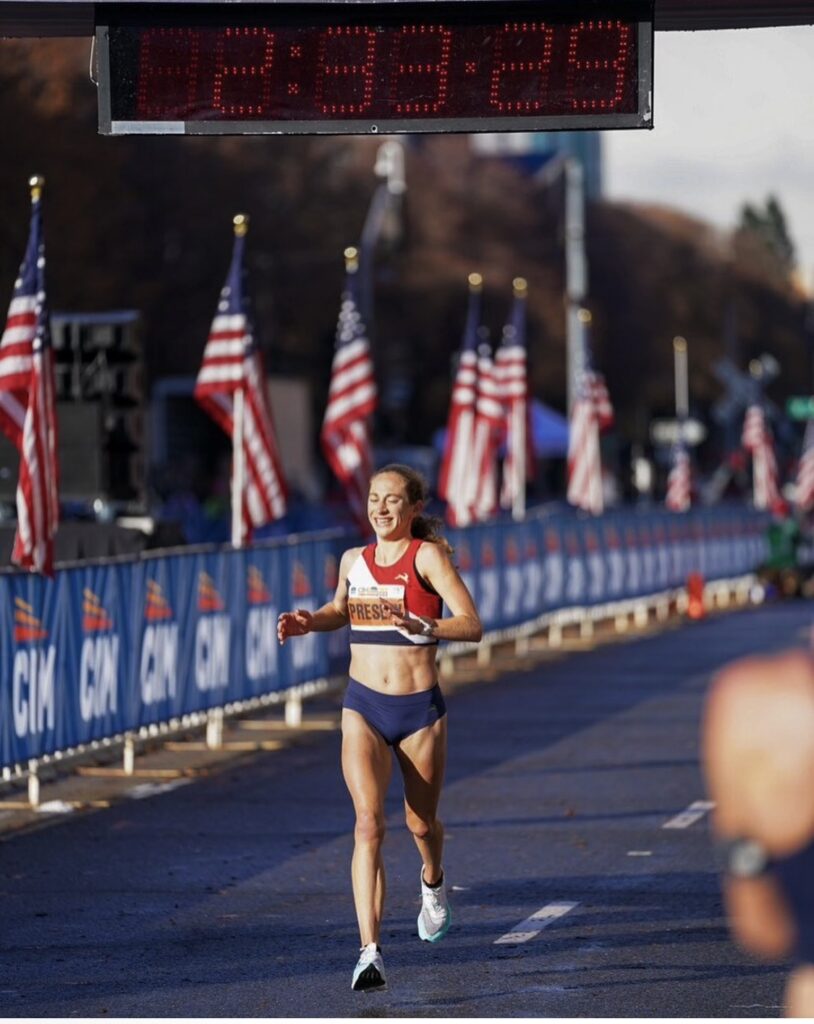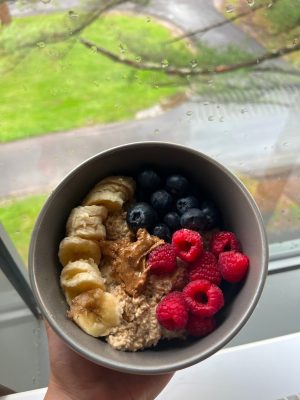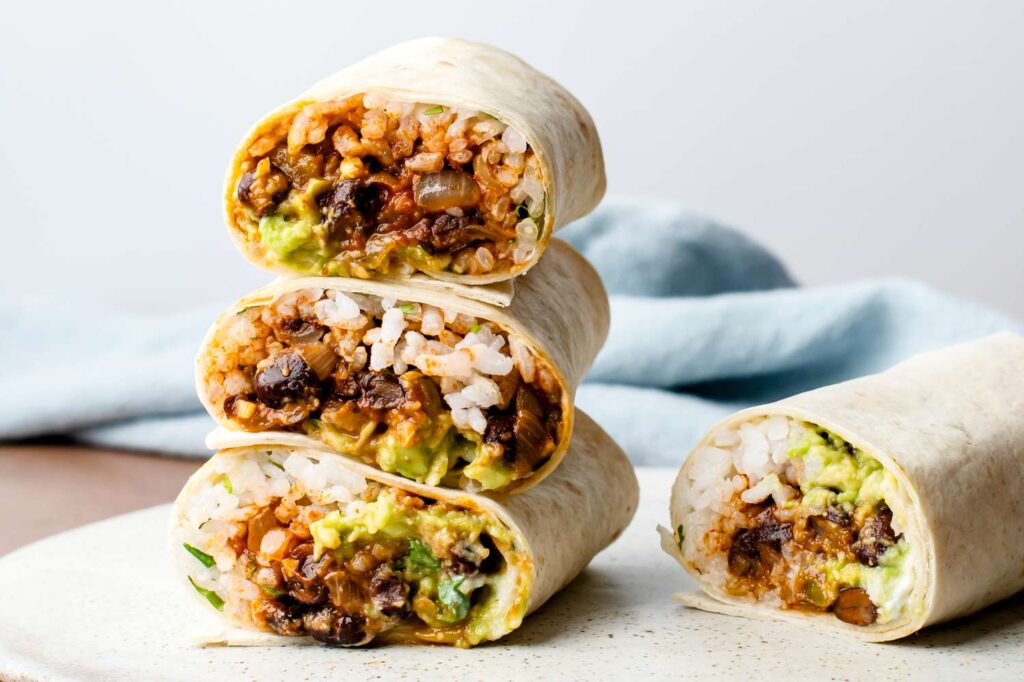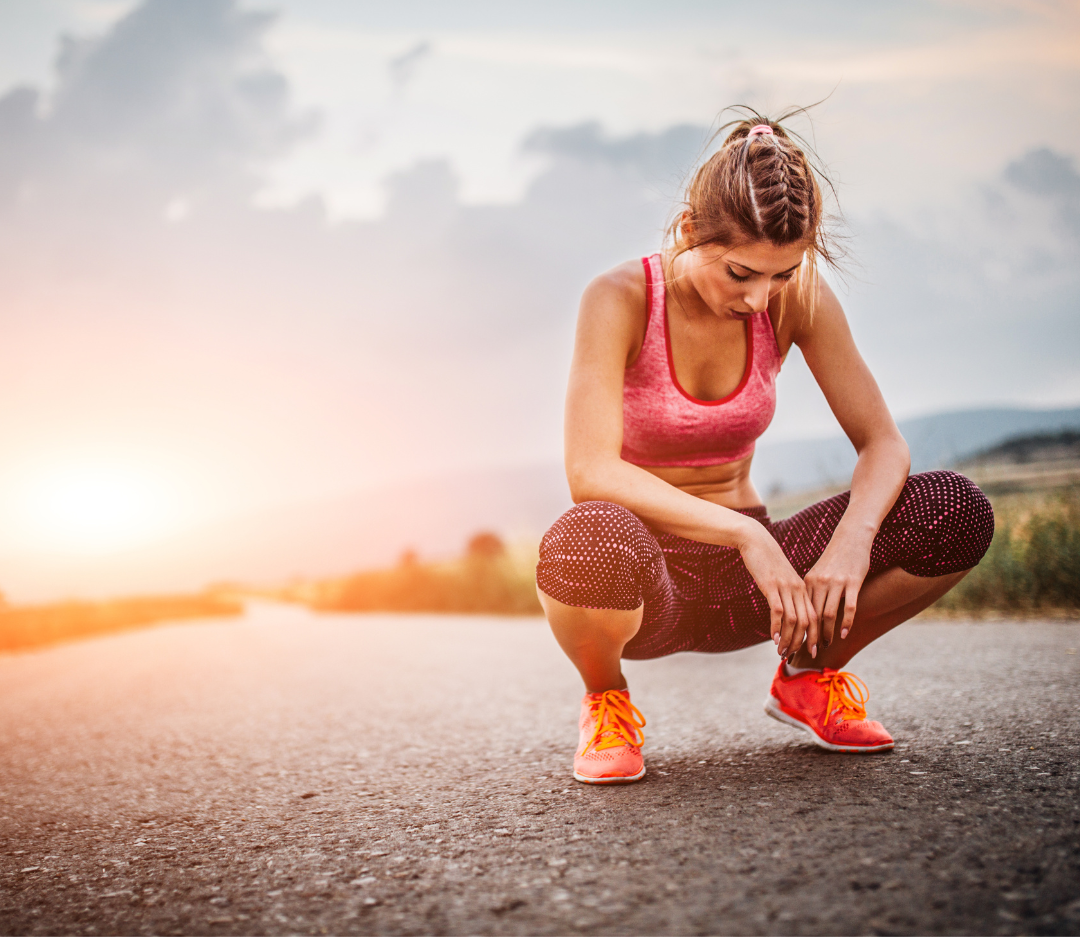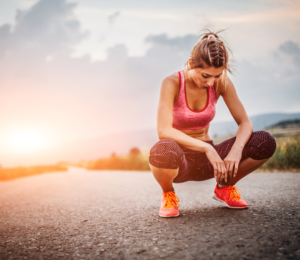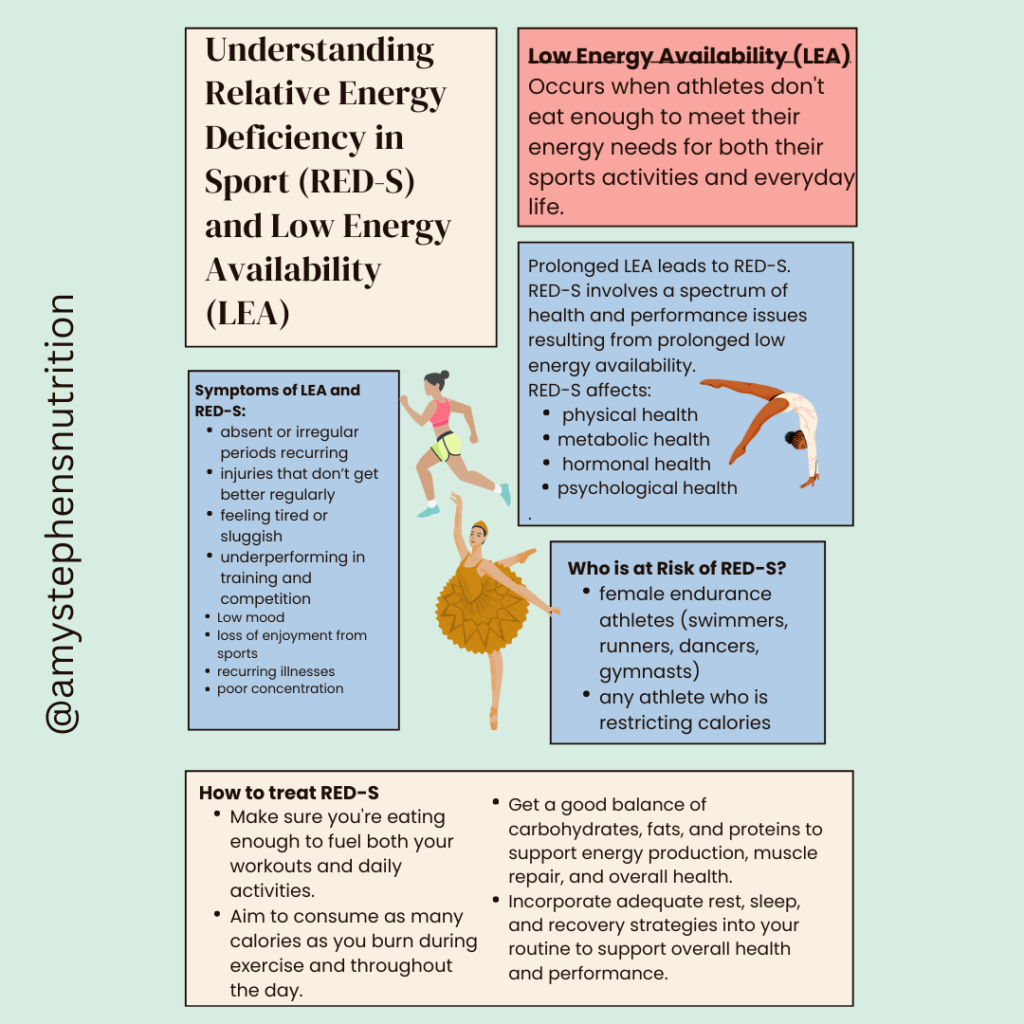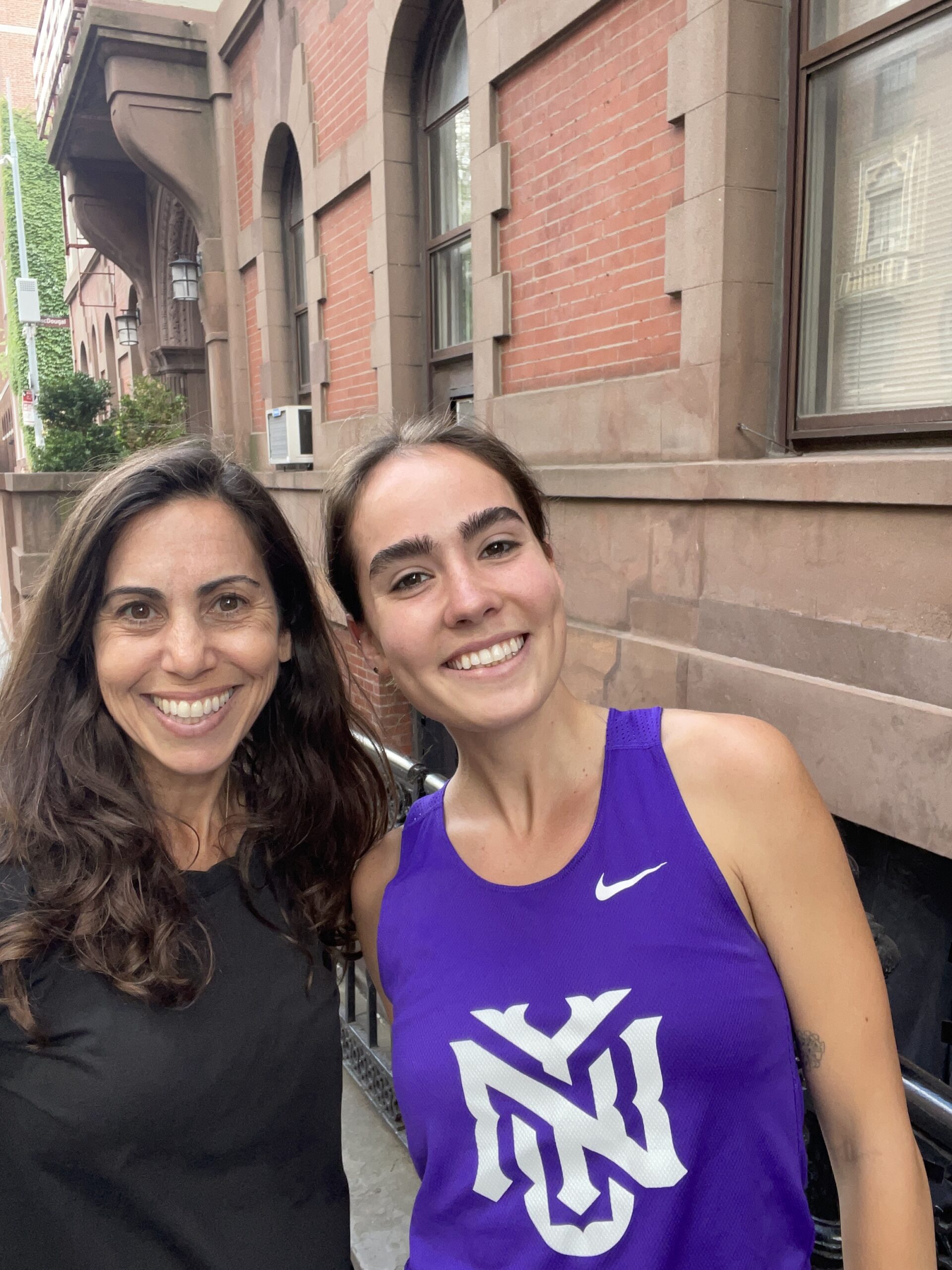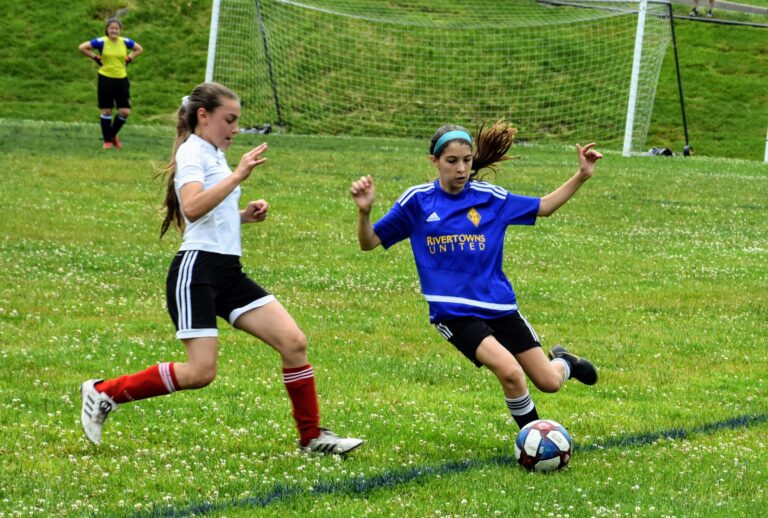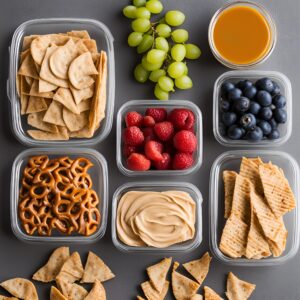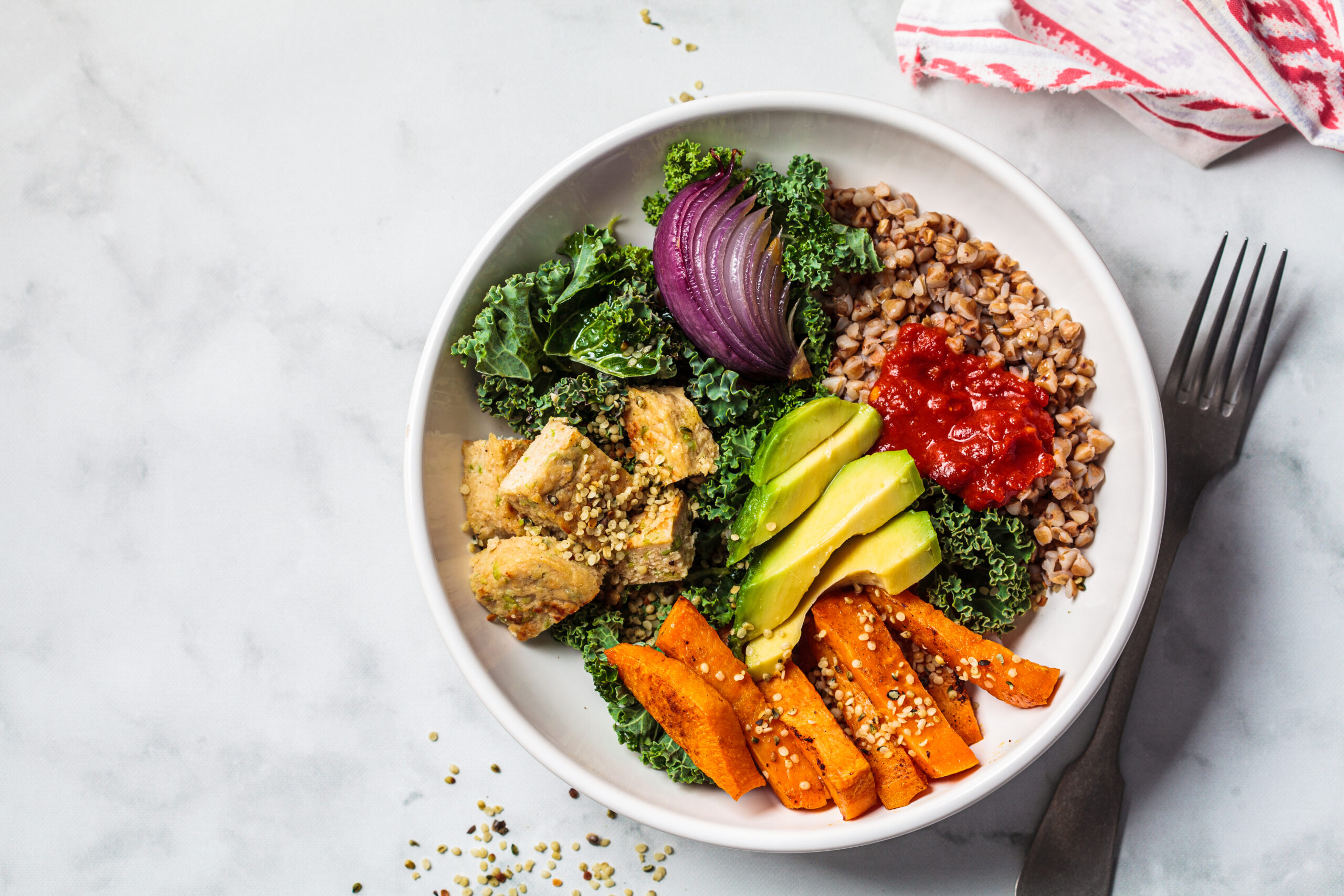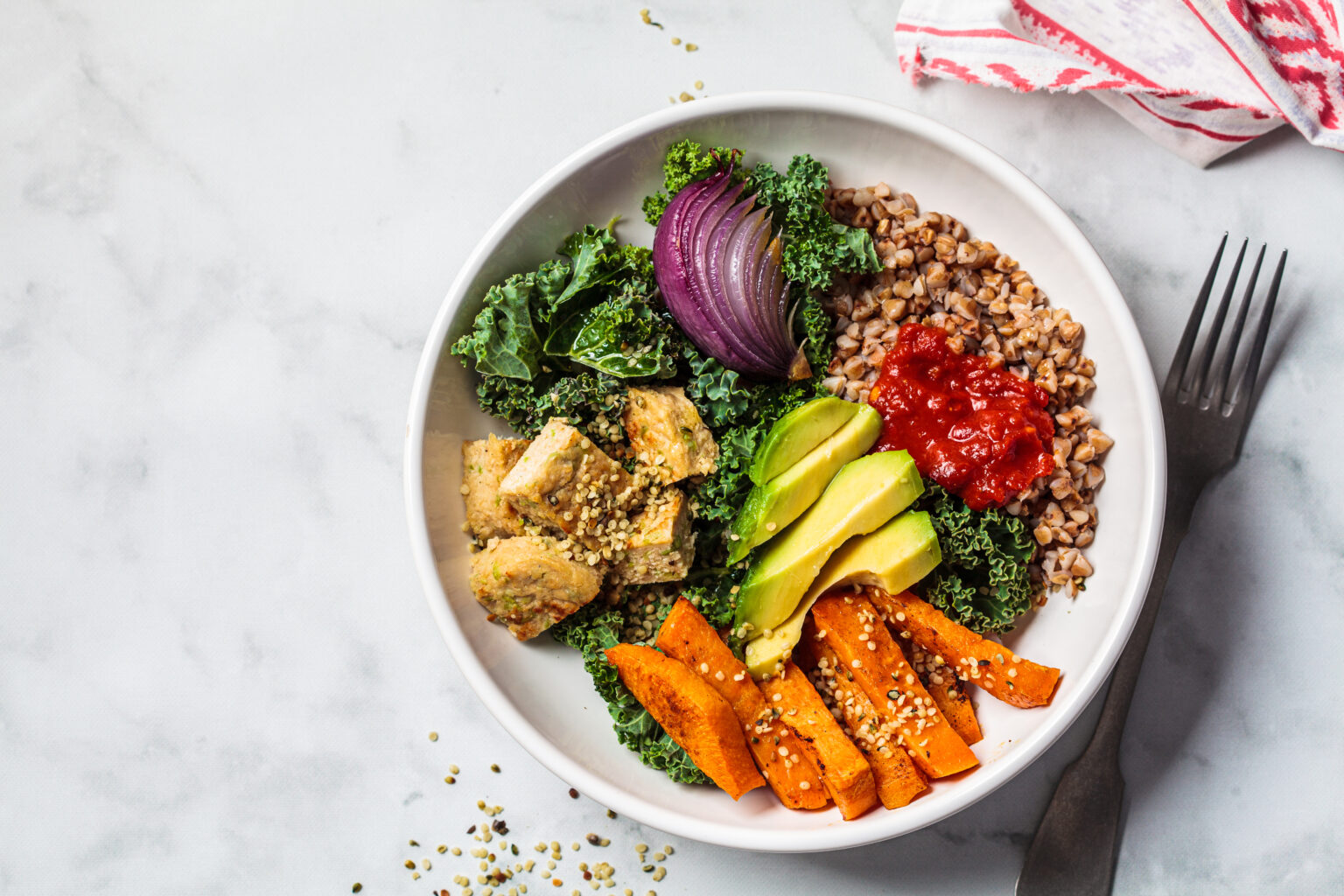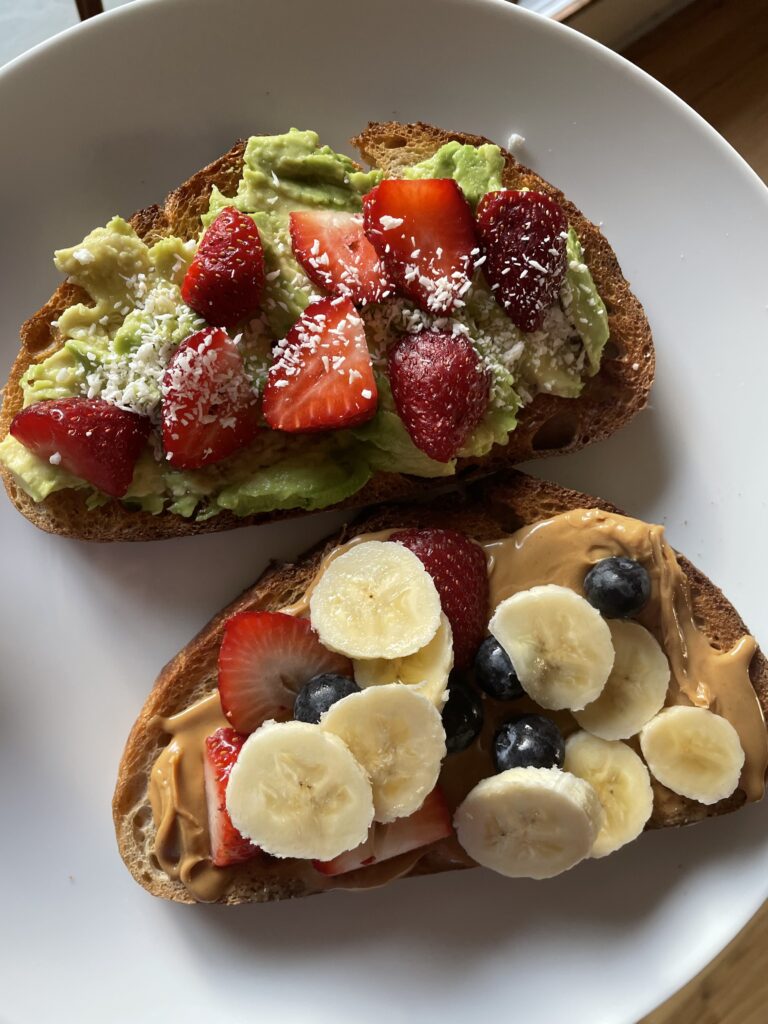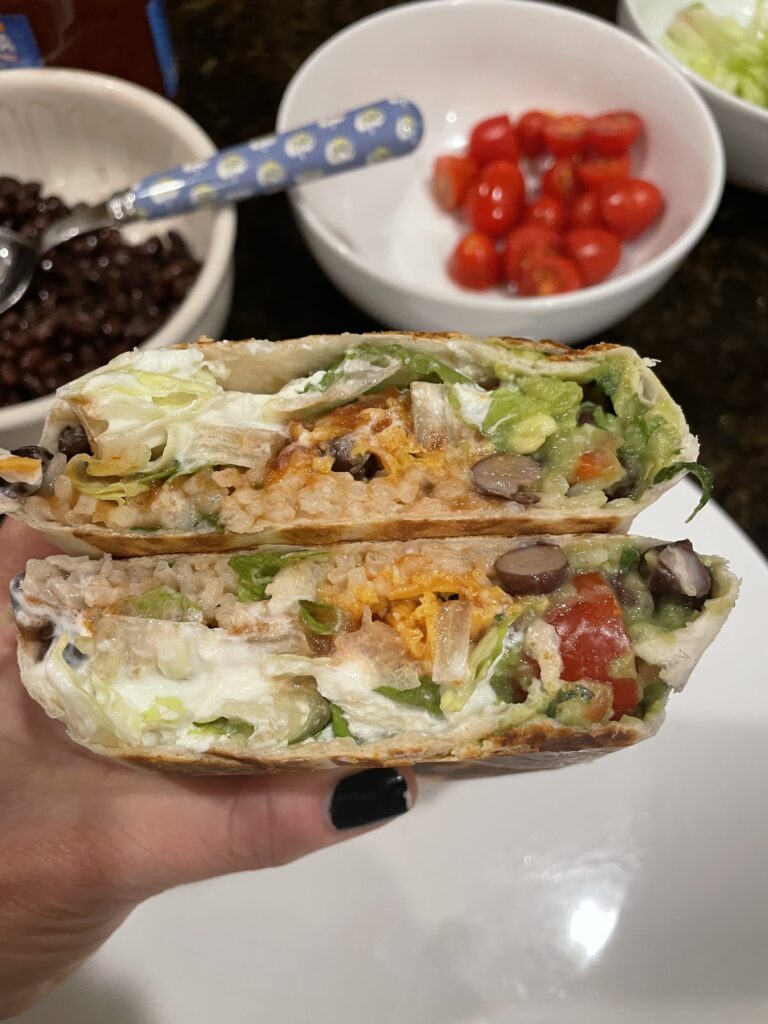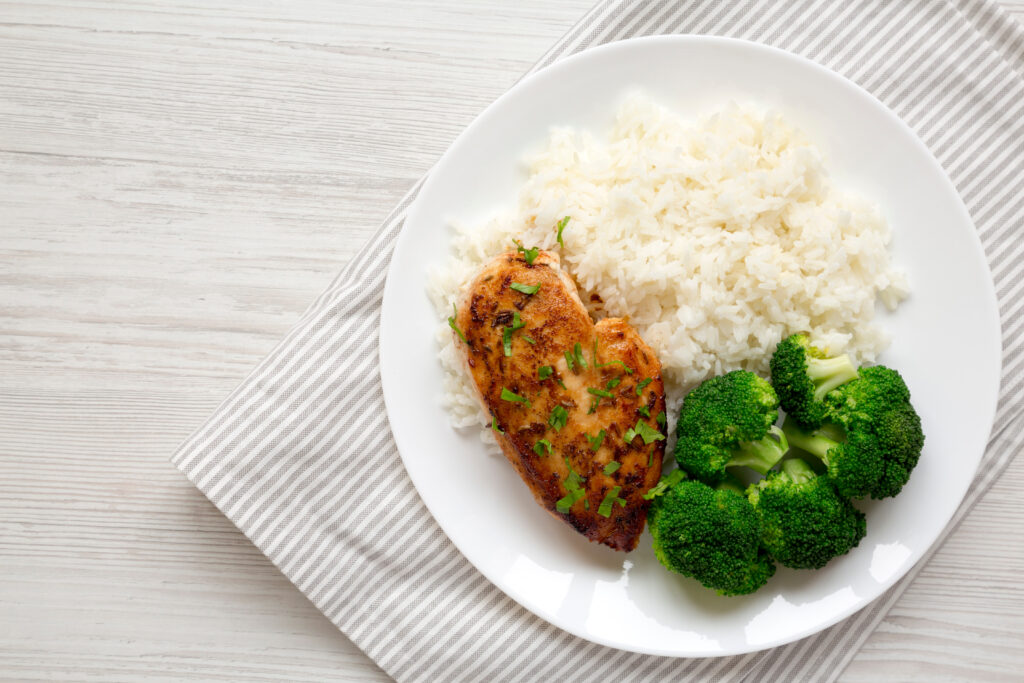Winter Supplements for Runners
- By Amy Stephens RDN CSSD, Sports Dietitian
Winter months bring unique nutritional needs for runners, including reduced sunlight exposure, which increases the need for Vitamin D. Meeting nutrition goals through food is ideal, but supplements can be helpful when dietary intake is insufficient. Below are recommended winter supplements and their top food sources. There are other supplements not mentioned that are supportive for performance, please refer to the post, best supplements for runners, for more information on performance. Runners following vegetarian or vegan diets may need to focus on nutrients like Vitamin D, calcium, B12, and zinc because plant-based foods do not contain these vitamins.
Enhance the effectiveness of supplements by ensuring you consume enough food to meet your energy needs. If your diet doesn’t support your current energy expenditure, supplements will be less effective. Athletes should aim for a balanced diet, with supplements serving as an addition to a healthy, well-rounded eating plan.
I had the opportunity to speak with a couple of elite runners about their supplement usage in the winter. Brendan Martin of Martin Physical Therapy who has a marathon PR of 2:15, follows a vegetarian diet and regularly takes vitamin B12 because he cannot obtain this nutrient from foods. Johannes Motschmann who recently placed 9th in the London marathon adds in Vitamin C and Zinc to support the immune system during high mileage weeks.
TIP: To build consistency, try taking supplements alongside daily routines, such as brushing your teeth.
Supplement Tip: Choose products that are third-party tested (e.g., by USP, NSF), which ensures they are free from harmful ingredients, though it does not guarantee the product’s effectiveness.

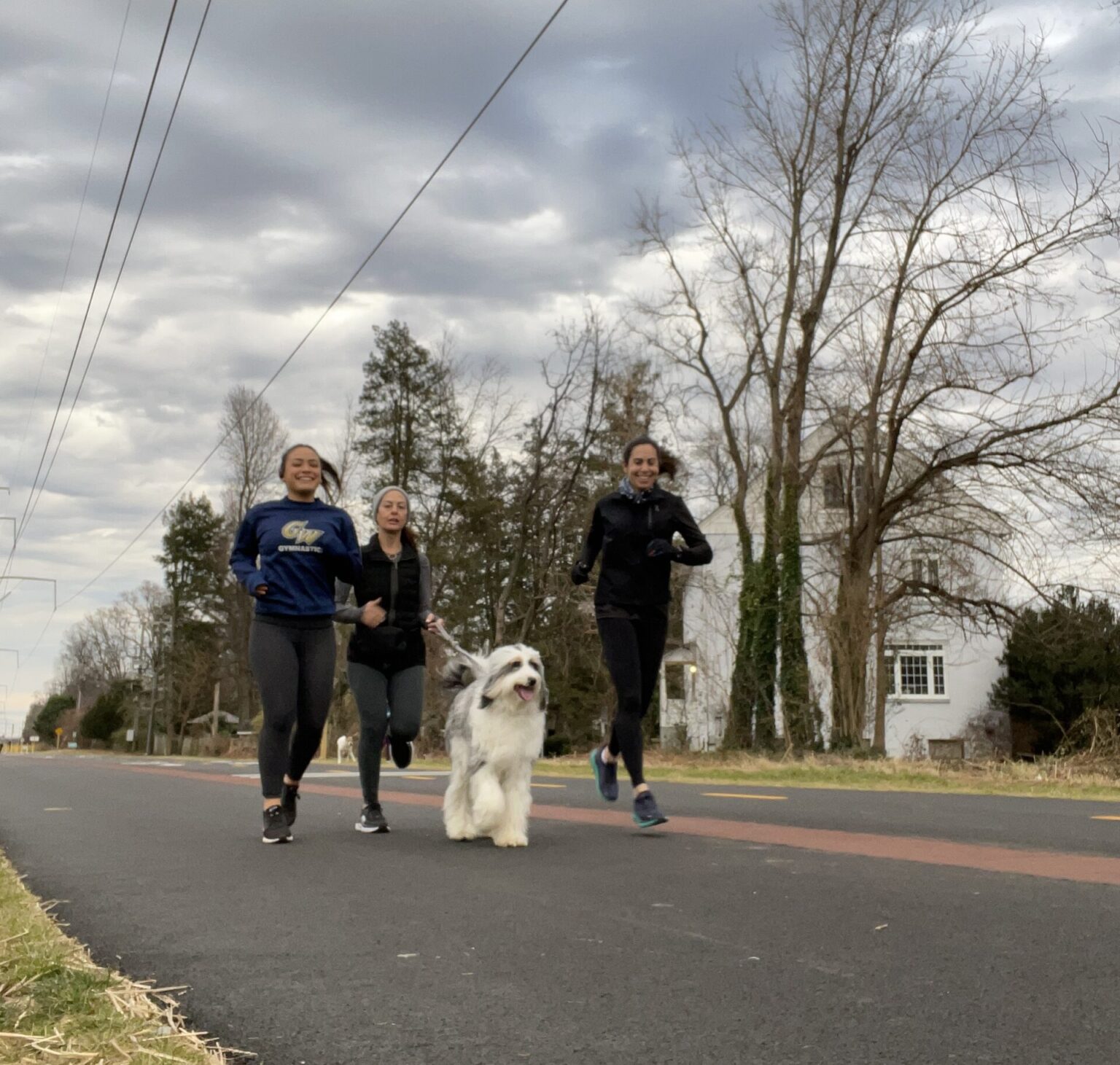
Vitamin D
Recommended Dietary Allowance (RDA): 600 IU/day (may need more for athletes).
Function: Vitamin D is essential for bone health and aids in calcium absorption, which strengthens bones. It also helps regulate the immune response, reduce inflammation, and protect against respiratory infections—benefits especially important for athletes during winter when Vitamin D levels often decline. Its anti-inflammatory effects are particularly beneficial for athletes, especially those with a history of bone stress injuries.
Top Sources:
- Sunlight: UV exposure helps activate Vitamin D in the skin.
- Food:
- Cod liver oil (1 Tbsp): 1360 IU
- Salmon (sockeye, 3 oz cooked): 570 IU
- Mushrooms (½ cup raw): 366 IU
- Milk (2%, 1 cup): 120 IU
- Egg (1 large): 44 IU
Calcium
Recommended Dietary Allowance (RDA):
- Ages 9-18: 1,200 mg/day.
- Ages 19-50: 1,000 mg/day.
- Athletes: 1,500 mg/day, especially if there is a history of bone stress injuries.
Function: Essential for bone health, muscle contraction, and nerve function. Vitamin D aids calcium absorption.
Top Sources:
- Milk/yogurt (1 cup): 300-400 mg
- Cheese (1 oz, especially Parmesan): ~200 mg
- Cooked kale or collard greens (1 cup): 250 mg
- Fortified orange juice (1 cup): 350 mg
- Fortified soy milk or almond milk (1 cup): 300-400 mg
- Tofu (½ cup): 350 mg
- Dried figs (4-5): 135 mg
Note: Combining food and supplements may be necessary to meet daily targets. It’s important to note that the body can absorb only 500 mg calcium per meal. It’s best to spread calcium-rich foods throughout the day to maximize absorption.
Omega-3 Fatty Acids
Function: Helps reduce exercise-related inflammation by modulating cell membranes and immune responses. Fatty fish are the best sources, though supplements can help when dietary intake is low.
Recommended Intake: 1.1-1.6 grams/day (1,100-1,600 mg).
Top Sources:
- Salmon, sardines, herring (3 oz): ~1200 mg
- Ground flax, chia, or hemp seeds (1 Tbsp): ~2300 mg
Vitamin C
Recommended Dietary Allowance (RDA): 75-90 mg/day.
Function: Boosts immunity, aids iron absorption, and is essential for collagen synthesis. Humans need to obtain Vitamin C from food.
Top Sources:
- Strawberries (1 cup, halved): ~89 mg
- Oranges (1 medium): ~70 mg
- Pineapple/Mango/Cantaloupe (1 cup, cubed): ~65 mg
- Red bell pepper (1 medium): ~152 mg
- Broccoli (1 cup, cooked): ~102 mg
- Kale (1 cup, raw): ~80 mg

Professional runner, Johannes Motschmann, who recently placed 9th at the London Marathon, adds in Vitamin C and Zinc to support the immune system during high mileage weeks.
Vitamin B12
Recommended Dietary Allowance (RDA): 2.4 mcg/day.
Function: B12 is essential for the production of healthy red blood cells, proper nerve function, and energy metabolism. It also supports neurotransmitter production, playing a key role in mood regulation and cognitive health. Low B12 levels have been linked to memory problems, depression, and mental confusion. B12 is mainly found in animal products such as meat, fish, and dairy.
Top Sources:
- Salmon (3 oz): ~4.9 mcg (200% DV)
- Trout (3 oz): ~5.4 mcg (225% DV)
- Tuna (3 oz): ~2.5 mcg (104% DV)
- Beef (3 oz): 5.1 mcg (215% DV)
- Fortified Breakfast Cereals (1 serving): ~0.6–6 mcg (25-250% DV, depending on fortification level)
- Dairy Milk (1 cup): ~1.2 mcg (50% DV)
- Yogurt (8 oz): ~1.1 mcg (46% DV)
- Swiss Cheese (1 oz): ~0.9 mcg (38% DV)
- Eggs (2 large): ~1.1 mcg (46% DV)
- Nutritional yeast (1 Tbsp): 2.4 mcg

Professional runner Brendan Martin, with a marathon personal record of 2:15 follows a vegetarian diet and regularly supplements with Vitamin B12.
Hydration with electrolytes
Hydrating during winter is just as essential as in warmer months, even though we may feel less thirsty in cold weather. Here are some tips to help maintain good hydration in winter:
- Drink Regularly: Thirst signals decrease in cold weather, so make it a habit to sip water consistently throughout the day. Aim for at least 8 cups (2 liters) daily, adjusting based on activity level and body size.
- Warm Beverages: Warm drinks like herbal teas, hot water with lemon, or broth-based soups are great options for hydration when cold water doesn’t appeal. Avoid excessive caffeine and alcohol, as it can contribute to dehydration.
- Hydrating Foods: Winter fruits and vegetables like oranges, grapefruit, apples, pears, cucumbers, and leafy greens have high water content, helping you stay hydrated while adding nutrients.
- Electrolytes: After exercise or if you’re sweating (even in winter), replenish electrolytes with options like coconut water or a light sports drink. Salty snacks or electrolyte supplements can also help retain hydration when balanced with water intake.
- Watch for Signs of Dehydration: Dry skin, fatigue, and dark urine can indicate dehydration. Aim for urine that is pale yellow in color, a good indicator of proper hydration.
- Humidify Your Environment: Winter air, especially with indoor heating, can be very dry. Using a humidifier adds moisture to the air, helping you retain hydration naturally.
